What Are the Signs That a Jumping Castle Has Been Installed Correctly?

Proper installation of a jumping castle is essential for both safety and fun. A correctly installed jumping castle will ensure that the children using it can play safely without risk of the structure shifting or collapsing. Here are some signs that the jumping castle has been installed correctly and is safe to use.
1. The Inflatable Is Fully Inflated and Stable
A properly installed jumping castle should be fully inflated, with no signs of sagging or deflation. The walls and floor should feel firm to the touch, and the structure should maintain its shape even as children jump and play inside.
Key points:
- Check that all sections of the castle are evenly inflated.
- Ensure there are no soft spots, especially in high-use areas like the floor and walls.
- Inspect the blower to ensure it’s running smoothly and consistently providing air.
2. Proper Anchoring
Anchoring is crucial for keeping the jumping castle securely in place. Whether on grass, hard surfaces, or indoors, the inflatable should be securely fastened to prevent shifting or movement during use.
Key points:
- For outdoor setups, check that stakes are driven deep into the ground and are tight.
- If using sandbags or water weights on hard surfaces, ensure they are properly positioned and heavy enough.
- All anchor points should be fastened tightly, with no loose straps or ropes.
3. Even Surface and Level Setup
A jumping castle should always be installed on a flat, level surface. If the structure appears tilted or uneven, it could indicate that the ground is not level or the castle is improperly secured.
Key points:
- Ensure the ground underneath the castle is even and free of rocks, holes, or sharp objects.
- If the surface is uneven, adjust the placement or use padding to create a level base.
- Regularly check that the castle isn’t shifting or tilting as children play.
4. Clear Entry and Exit Points
Entry and exit points should be easily accessible and remain unobstructed during use. A well-installed jumping castle will have secure entry and exit points that allow children to get in and out without difficulty.
Key points:
- Ensure the entrance ramp is properly inflated and stable.
- The entrance should remain clear of obstacles like loose ropes or objects.
- Supervise to make sure children can safely enter and exit the structure.
5. No Excessive Movement or Shifting
When a jumping castle is installed correctly, it should remain stable even with several children playing on it. If the castle moves or shifts significantly, it may not be properly secured.
Key points:
- Watch for signs of the inflatable moving from its original position.
- Recheck anchor points if the castle shifts significantly during use.
- If installed on a hard surface, ensure the sandbags or water weights are still holding the structure in place.
6. Blower Functioning Properly
The blower is the heart of a jumping castle, constantly supplying air to keep the structure inflated. A properly installed jumping castle will have a functioning blower that runs smoothly and quietly.
Key points:
- Ensure the blower is plugged into a secure power source.
- The air intake should be unobstructed, and the blower should run consistently.
- If the blower makes unusual noises or stops running, check it immediately.
Conclusion
A correctly installed jumping castle will be fully inflated, securely anchored, and stable on a level surface. Properly functioning entry points, minimal movement, and a consistent air supply from the blower are also indicators that the castle is set up safely. By ensuring these factors, you can provide a fun and secure environment for kids to enjoy.

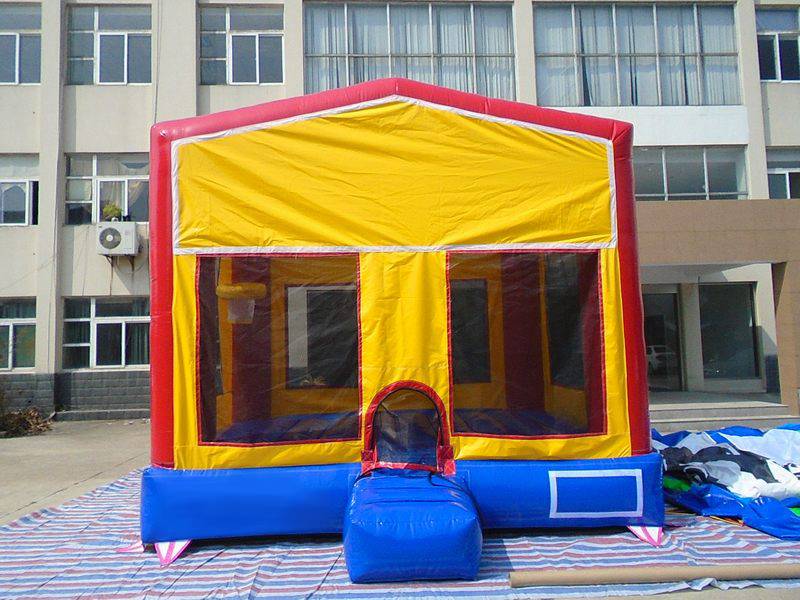
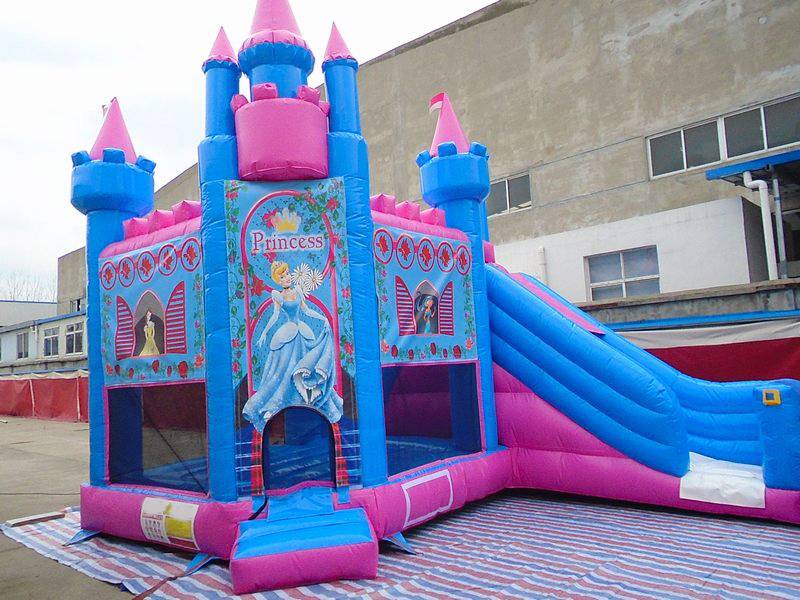
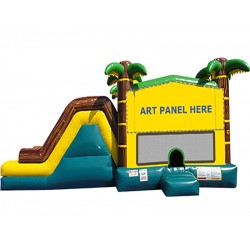
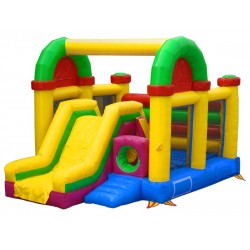
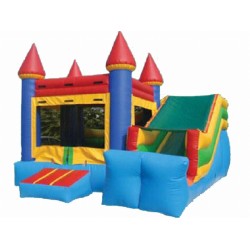
Leave a Comment